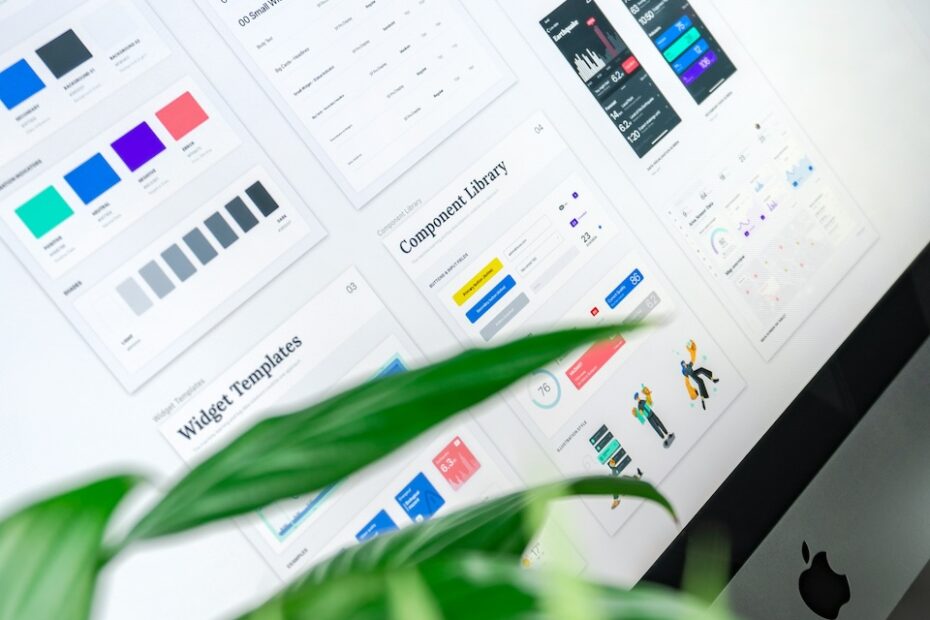How to Format Your Book Like a Pro: A Step-by-Step Guide
Formatting a book for publication can seem daunting, but it’s a critical step in the journey to becoming a published author. Proper book formatting not only enhances readability but also reflects your professionalism. Here’s a straightforward guide to formatting your book like a pro, ensuring it looks great in print and on digital platforms.
1. Understand the Basics of Book Layout
Start with the basic elements of book formatting, which include margins, font choices, line spacing, and paragraph alignment. The goal is to create a clean, organized text layout that facilitates a comfortable and engaging reading experience. Choose a font that is easy to read—serif fonts like Times New Roman or Garamond are popular choices for print, while sans-serif fonts like Arial or Calibri are often used for eBooks.
2. Decide on Your Book’s Size and Structure
The size of your book, known as the trim size, will affect the number of pages and, ultimately, the cost of printing. Popular trim sizes include 6×9 inches for most fiction and nonfiction, 8.5×11 inches for manuals or workbooks. Think about your genre and the standard practices within it. Additionally, structure your chapters consistently, using clear headings and subheadings to break up the text.
3. Create a Style Guide
A style guide will help you maintain consistency throughout your book. This should outline how you handle things like numbers, dates, dialogue, and whether you use the Oxford comma. Consistency in these small details contributes significantly to the book’s professionalism.
4. Use Professional Formatting Software
While you can format a book in word processors like Microsoft Word, software designed specifically for book formatting, such as Adobe InDesign, can provide more control and better results. These programs offer templates and tools that make it easier to manage page layouts and typesetting.
5. Pay Attention to the Front and Back Matter
The front matter includes your title page, copyright page, dedication, and table of contents. The back matter might include an index, a glossary, about the author section, and acknowledgments. Each element should be correctly placed and properly formatted.
6. Incorporate Appropriate Headers, Footers, and Page Numbers
Headers and footers can include your book title and chapter title, as well as page numbers. Ensure these are formatted so they don’t interfere with the readability of the main text and are consistent across chapters.
7. Proofread and Test Your Format
Once you’ve formatted your book, proofread it to catch any errors in the text or layout. Additionally, if you’re publishing an eBook, test the file on different devices to ensure the formatting appears correctly across all platforms.
8. Get Feedback Before Finalizing
Before finalizing your format, get feedback from beta readers or a professional editor. They can provide insights into how your book’s format will be received and help you identify any potential issues.
9. Consider Professional Help
If book formatting seems overwhelming, consider hiring a professional formatter. They can ensure that your book meets industry standards and looks polished and professional.
By following these steps, you’ll ensure that your book is not only well-written but also beautifully presented. Remember, the way your book looks is almost as important as the content itself in making a good first impression on your readers.
